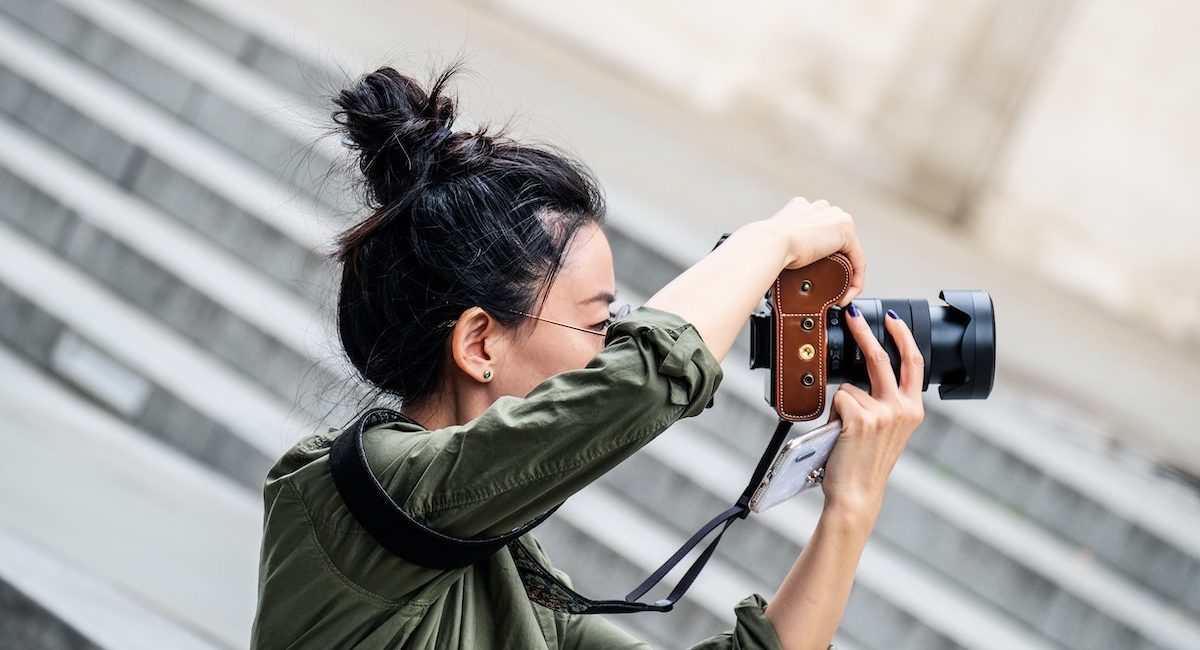*New version of the blog is now available, “6 Tips for Storytelling with Pictures [Infographic]“
We are surrounded by stories- I have a story, you have a story, the man you see walking outside every day has a story. Stories are used in movies, books, history, artwork, and of course, photography. The world is comprised of countless stories, and photography has the capacity to capture or create powerful pictures that tell a story.
Storyteller photography is a series of photographs or single images that create a narrative. Storytelling through photography can seem like an intimidating task, but with these six tips, you will be able to capture pictures that tell a story without words in no time!
1. What is the Purpose?
The first step is to be mindful about the purpose of photography; moreover, why was that photo taken? What compelled you to snap a photo of that specific person, place or thing at that moment? Your photos, whether you think of it at the time or not, have an objective. First, you must plan what purpose of photography you are using, which will affect how you capture the photo, as explained in the next steps.
For example, the purpose of the photo below is to highlight the watch. To do so, the model is looking downward to draw the viewer’s attention to the watch.

2. Framing is Very Powerful
Often times, it is easy to focus on just the subject of the photo, disregarding the surrounding features and backgrounds. Although, storytelling with pictures requires you to engage the entire frame of the photo because this space develops a perfect perspective to narrate a story. You have that space, use it. The next few steps will demonstrate how.
For example, the subject of the image below is the woman laying down, but by being conscious of the full frame, the photographer included the entire view the subject is enjoying.

3. Storyteller Photography Relies on Details
Let’s say your subject is a flower. Okay, great! But what else is in the frame? Or, what else can you put in the frame to tell the story? These are the details. And, these are the aspects of a photo that will transform a single image or a series of images to life because as mentioned, the frame is much larger than just the subject, so focus on those details that enhance the subject.
For example, the subject of the image below is the little bouquet of flowers. Yet, by focusing on the details, the photographer included additional bright colors and ensured the fingers were strategically placed to engage other parts of the photo.

4. Use Different Angles to Utilize Perspective in Photography
Just like each person has a different perspective of the same situation, there are countless angles to take for a single image. Different angles can completely alter a photo. Brilliant photography is not about knowing every aspect of photo composition, rather capturing your personal perspective of a subject through a sequence of photos that tell a story.
For example, the images below demonstrate how the photographer changes their angle by getting lower so the canyons are in the middle of the frame and become silhouettes.


5. Photos with Emotion
Stories are supposed to stimulate feelings based on how, who, or what they are telling. One of the most important uses of photography is developing photos that evoke emotion; establishing photography as a powerful medium for telling a story. Using different techniques such as color (light or dark), background (rainbows or dark forest), and details (a home cooked meal on the dinner table or a special necklace around someone’s neck) can all indicate a different emotion in photography.
For example, the image below relies heavily on facial expression and color to capture emotion. The neutral colors and soft eyes provoke feelings of comfort and kindness.

6. Tell the Story through Narrative Photography
Following storytelling basics, there is a beginning, middle, and end, and storytelling through photography will reflect that structure. Your series of photographs should follow a chronological order that delivers the desired story. A single image can also narrate a story but often cannot tell a complete narrative. In return, it evokes questions about the beginning or end, which is also powerful.
For example, the images below show a series of photos focusing on a lighthouse. The narrative is developed by each photo getting further away from the original subject, ultimately making the lighthouse almost lost in the distance.



Storytelling through photography is developing a narrative of photos that make you think by constructing the purpose, using the entire frame, focusing on the details, trying different perspectives, and engaging emotions. It is time to let your stunning pictures become storytelling images!
After you have captured the photos you need, it’s time to enhance them for publishing or sharing. We outline the 6 tips for editing for photos!
Photo Credit: Karlee Onstad






